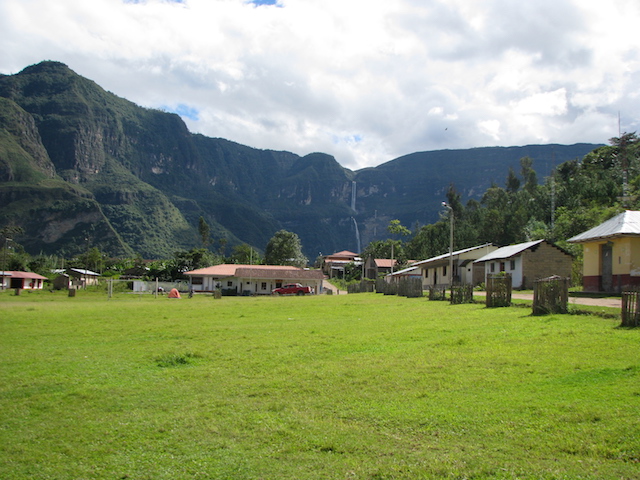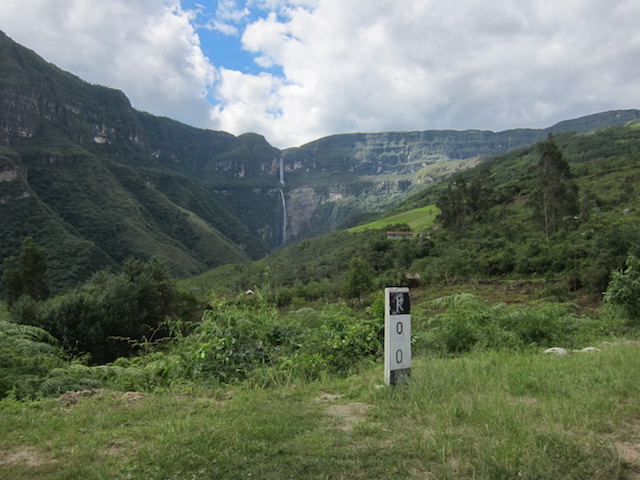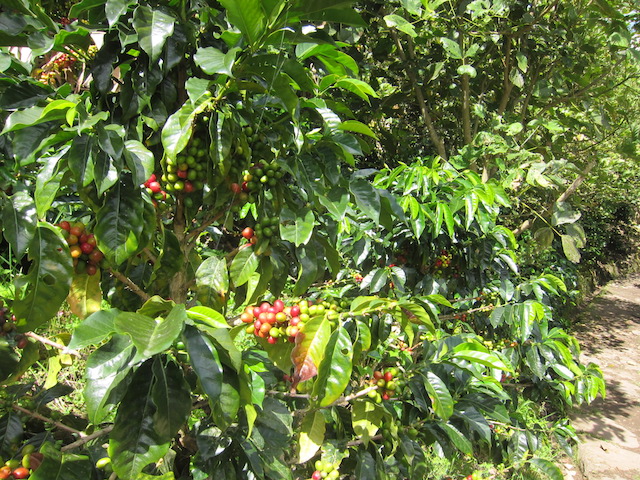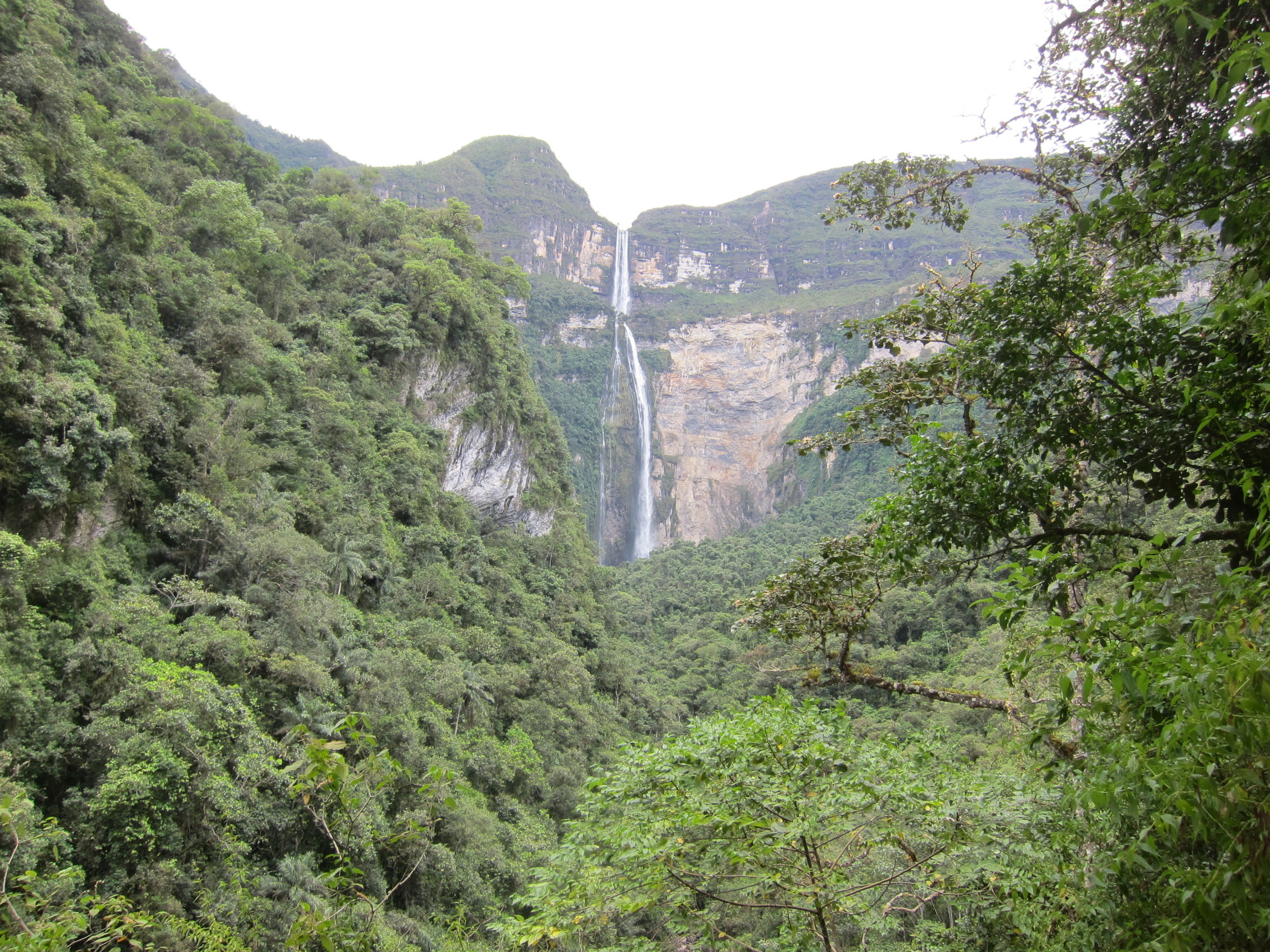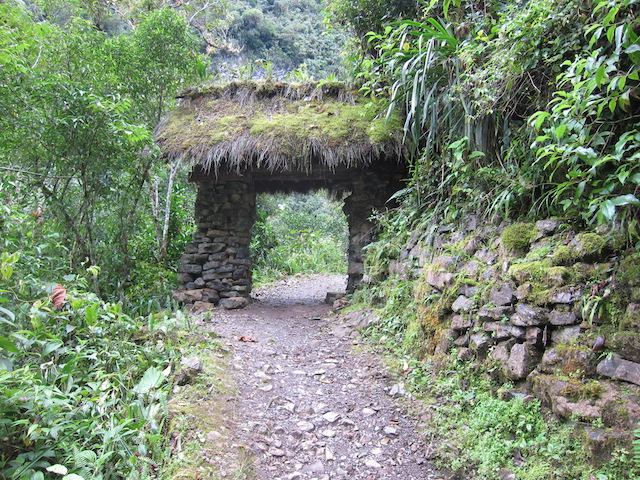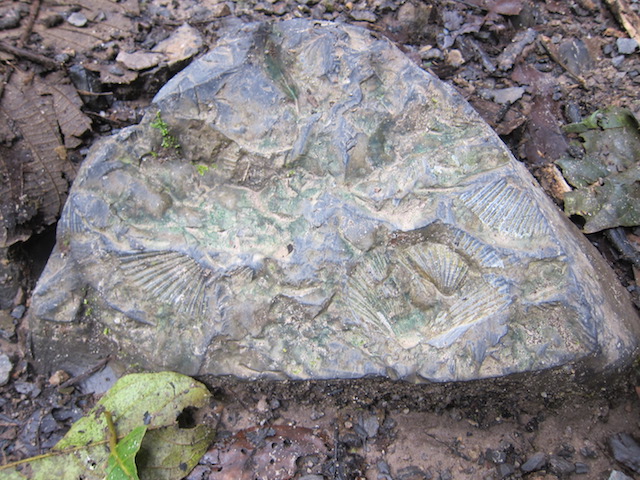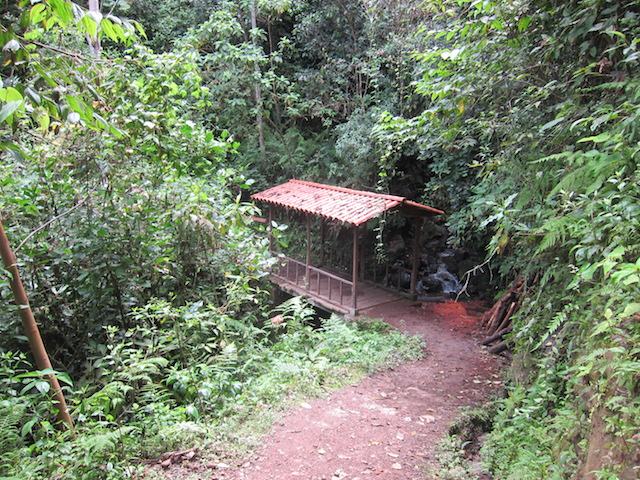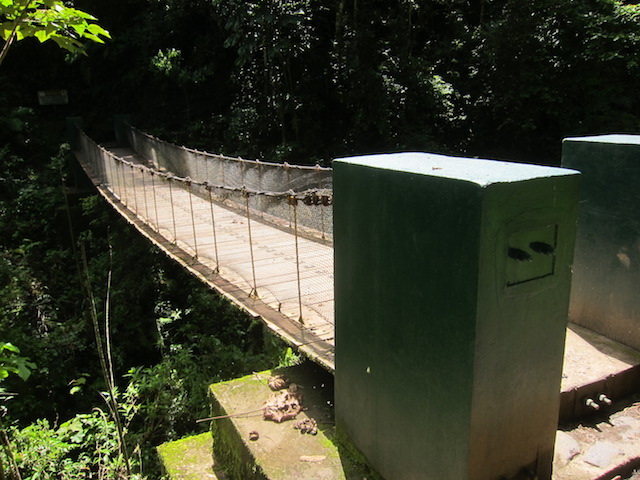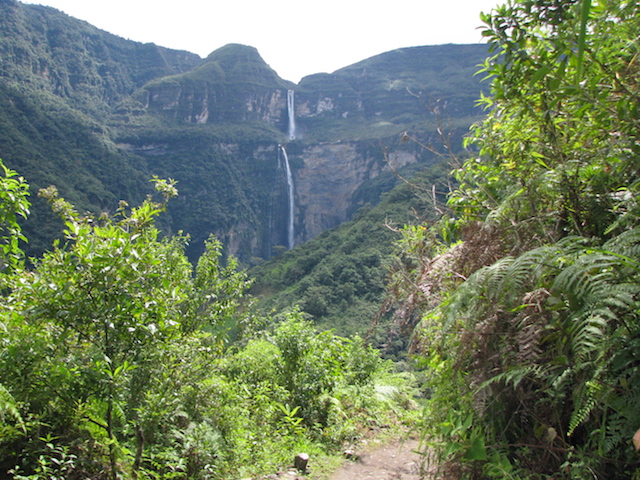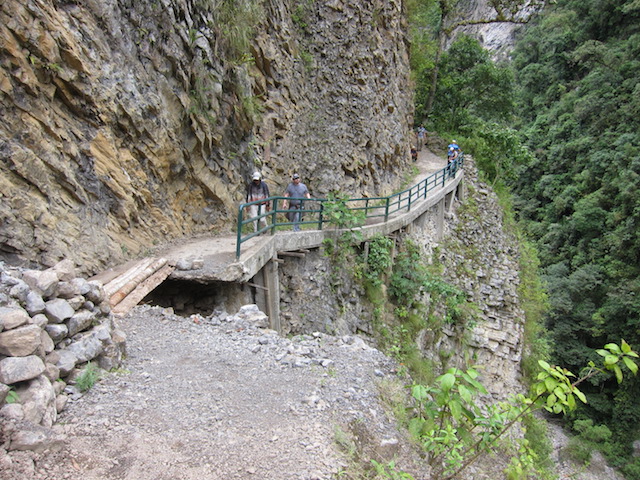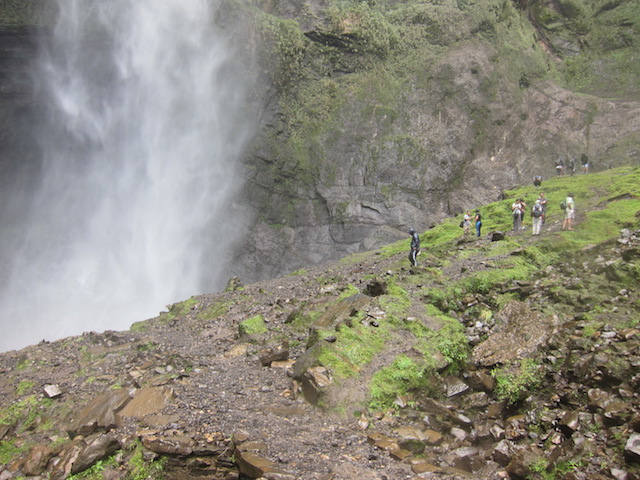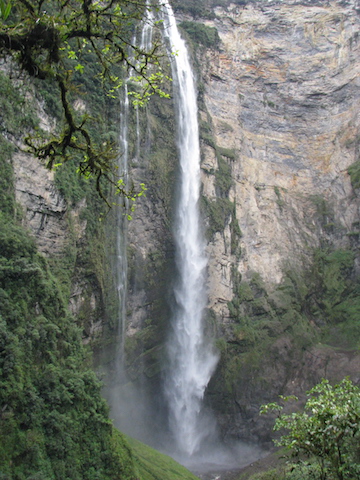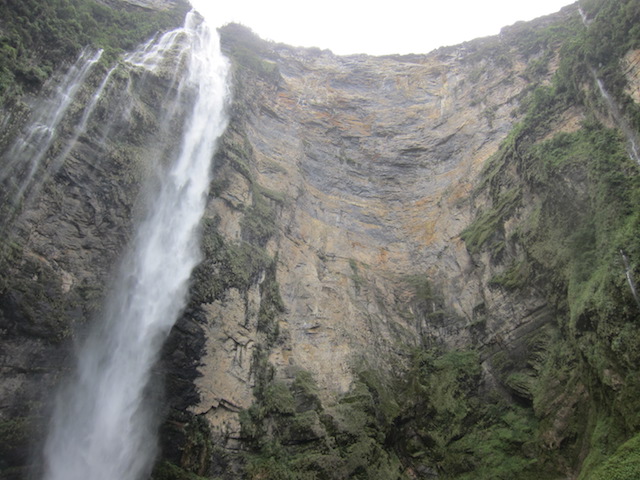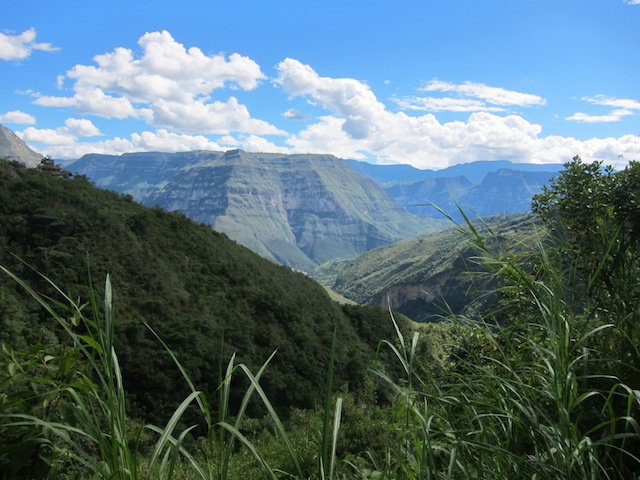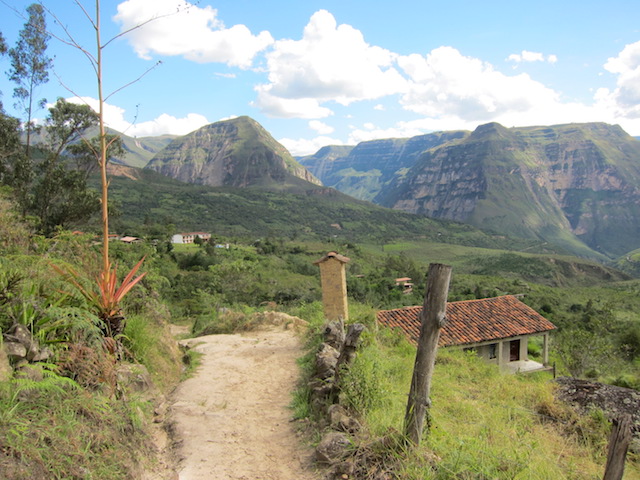A Guide To Gocta Waterfall
Farmers living in remote hamlets north of Chachapoyas knew that the surrounding cloud forests hid the huge Gocta Waterfall, but local legends prevented villagers from visiting or talking about it, and it did not become known to the outside world until 2005.
Then, a German hydro-engineer named Stefan Ziemendorff saw the Falls, and in 2006, made preliminary measurements – an astounding 771m (2,531ft) in height. The fall was said to be the third highest in the world, a claim then upheld by PromPeru, the official Peruvian tourism office.
Numerous measurements, including the fact that it is a two-tiered fall, have made this a debatable claim. Nevertheless, the World Waterfall Database rates Gocta among the top ten in the world; some measurements suggest it is the world’s 16th highest.
At certain times of the year, the flow of water is quite small, but nonetheless, it is a magnificent sight, in a spectacular environment ... and few people have had the opportunity of viewing it. The whole region, in fact, is replete with impressive waterfalls.
How to visit Gocta Falls:
Gocta Waterfall is on the Cocahuayco River, east of the main Chachapoyas - Pedro Ruiz road. There are two ways to see the Falls up close: one is from the village of San Pablo, from where a trail takes almost two hours to a view of the upper falls. En route, views of both tiers are visible.
The other is from the community of Cocachimba, located on the other side of the Cocahuayco River valley, and home to the lovely Gocta Andes Lodge.
From here, you need to hike about three hours through cloud forest, full of orchids and bromeliads - where Cock-of-the-Rock, Spatuletail hummingbirds and yellow-tailed woolly monkeys are sometimes seen - to the base of the lower falls.
For those who prefer, horses can be rented to make the journey.
It makes sense to include a visit to the Fortress of Kuelap with a trip to Gocta Waterfall, and so PeruNorth has a number of itineraries that include these highlights, with access from the airports of Jaen, Chiclayo or Tarapoto; and/or as part of a longer northern Peru itinerary:
What our clients say about Gocta Waterfall:
“The longest hike was to Gocta Falls … found reasonably tough probably due to altitude, but worth the effort.”
“That waterfall is amazing and I’m glad I got to see it.”
“We loved the hike to Gocta Falls. We went at a leisurely pace and were really able to enjoy chatting with our guide.”
“The Gocta Falls is great but a lot of hard work, we walk all the way there and back.
... That being said we had a great time there and the pictures we took were amazing. ”
“Gocta falls where truly impressive ... with the added bonus that I got to see 3 Gallitos de las Rocas!”
“As a natural destination the Gocta Falls were my favourite!
Even driving up the mountain was a highlight. Stunning views, beautiful path through the cloud forest and a refreshing break int the mist of the down-crashing waters”
“We did the Gocta Fall hike and it was perfect 1/2 day for us. We did not have any difficulty with the hiking. However if one had, it would be easy enough to secure a donkey, so it seemed.”
“Gocta Falls trail was very nice, we enjoyed the falls and the walk through the forest. The horses definitely helped. We also found some nice little orchid species along the trail.”



